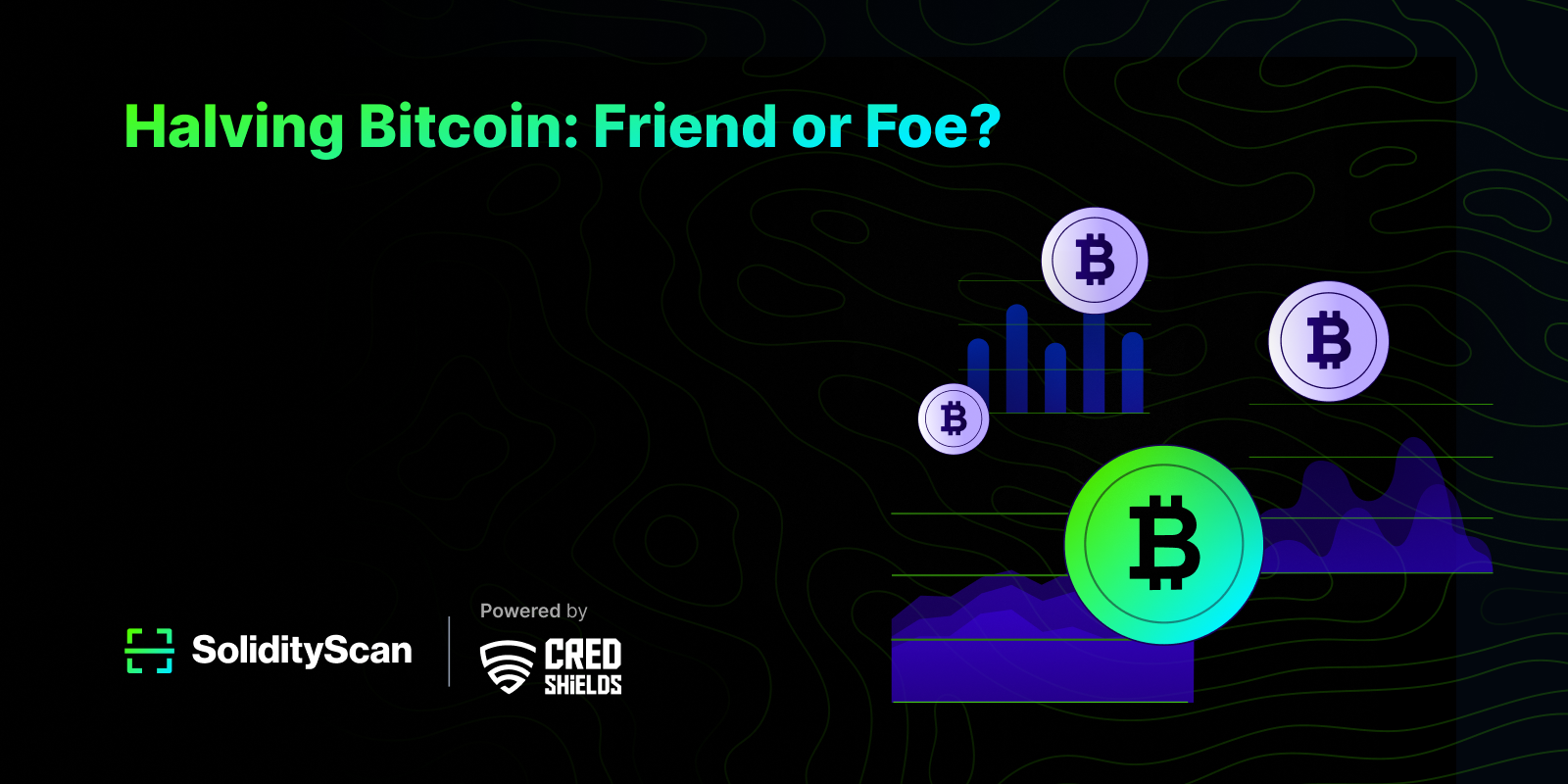The Bitcoin halving is a pivotal event in the cryptocurrency world, one that excites investors, challenges miners, and fundamentally impacts the trajectory of Bitcoin itself. But what exactly is a halving, and why is it programmed into Bitcoin’s DNA? Let’s delve into the intricacies of this event, exploring its history, potential effects, and the economic forces at play.
The Mechanics of the Halving
Bitcoin’s creation relies on a decentralized network of computers, or miners, who compete to solve complex mathematical problems. The winner of this competition gets to verify a block of transactions and is rewarded with a set number of bitcoins. This reward is what incentivizes miners to dedicate their computational power to securing the network.
The critical aspect here is that this reward is not endless. As part of Bitcoin’s core protocol, the block reward is cut in half roughly every four years, or after every 210,000 blocks are mined. This event is the halving.
A Look Back: Past Halvings and Their Impact
Bitcoin has experienced three halvings so far:
- November 28th, 2012: The reward dropped from 50 BTC to 25 BTC.
- July 9th, 2016: The reward went from 25 BTC to 12.5 BTC.
- May 11th, 2020: The reward halved from 12.5 BTC to the current 6.25 BTC.
Following each halving, there has been a surge in interest and, in some cases, a rise in Bitcoin’s price. However, the relationship between halving and price increases is complex. While some argue that a decrease in supply due to the halving should drive prices up due to increased scarcity, other factors like market sentiment and adoption also play a significant role.
The Rationale Behind the Halving
There are two main reasons why the halving is embedded in Bitcoin’s code:
- Controlled Inflation: Bitcoin’s total supply is capped at 21 million coins. The halving mechanism gradually reduces the rate at which new bitcoins enter circulation, mimicking a controlled form of inflation. This aims to prevent excessive coin creation and maintain Bitcoin’s long-term value.
- Security Incentive: Mining rewards compensate miners for the immense computational power they dedicate to securing the Bitcoin network. The halving ensures that mining remains profitable over time, even with a reduced reward, by increasing the value of each mined bitcoin (assuming demand stays the same or rises).
The Upcoming Halving: What to Expect?
The upcoming halving in April 2024, marks a pivotal moment for Bitcoin. This preordained event will cut the miner reward in half, reducing it from 6.25 BTC to a mere 3.125 BTC. Historically, halvings have been followed by periods of significant price appreciation for Bitcoin. However, the cryptocurrency market is notoriously unpredictable, and the exact impact of this halving remains a subject of intense debate.
Several factors will influence how the market reacts to the halving. One key element is investor sentiment. If there’s widespread anticipation of a price surge, we could see a pre-halving buying frenzy that pushes the price up in the months leading up to the event. On the other hand, a more cautious market outlook could lead to a muted response or even a short-term price dip. Additionally, broader economic conditions will undoubtedly play a role. If the global economy is experiencing a boom period, the halving’s impact on price might be amplified. Conversely, an economic downturn could dampen investor enthusiasm and mitigate any potential price increase. Ultimately, the upcoming halving is a complex event with the potential to significantly shape the future of Bitcoin.
Beyond Price: Broader Implications of the Halving
The halving’s influence extends beyond just price fluctuations. Here are some additional considerations:
- Mining Difficulty: A Race for Efficiency?
With fewer bitcoins awarded per block, competition among miners is likely to intensify. Miners will be vying for the same, or even slightly less, total reward despite a decrease in individual block rewards. This could lead to a significant rise in mining difficulty. As the difficulty increases, miners will need to invest in increasingly powerful hardware to remain competitive. This creates a potential arms race, pushing the boundaries of computational power needed for Bitcoin mining.
- Energy Consumption: A Sustainability Challenge?
Bitcoin mining is already known for its high energy demands. Proof-of-work, the current consensus mechanism used by Bitcoin, requires significant computational power, which translates to a high energy footprint. An increase in mining difficulty, as discussed earlier, could further exacerbate this issue. This raises concerns about the environmental sustainability of the Bitcoin network. Critics might argue that the energy consumption required to secure the network becomes increasingly unsustainable with each halving.
- Alternative Mining Methods: A Catalyst for Innovation?
The halving might inadvertently become a catalyst for innovation. With reduced profit margins due to lower block rewards, miners might be forced to explore alternative, more energy-efficient mining methods. This could lead to the development of new technologies or the adoption of existing, less resource-intensive mining techniques. For example, the use of renewable energy sources for powering mining rigs could become more prevalent. The halving could potentially push the industry towards a more sustainable future.
Conclusion: The Halving : A Cornerstone of Bitcoin’s Design
The Bitcoin halving is a carefully designed element that shapes the core economic principles of Bitcoin. It controls inflation, incentivizes miners, and fosters scarcity. While the immediate effects on price can be debated, the halving undoubtedly shapes the long-term trajectory of Bitcoin and the entire cryptocurrency landscape. As the next halving approaches, the cryptocurrency world will be watching with keen interest to see how this pivotal event unfolds.

